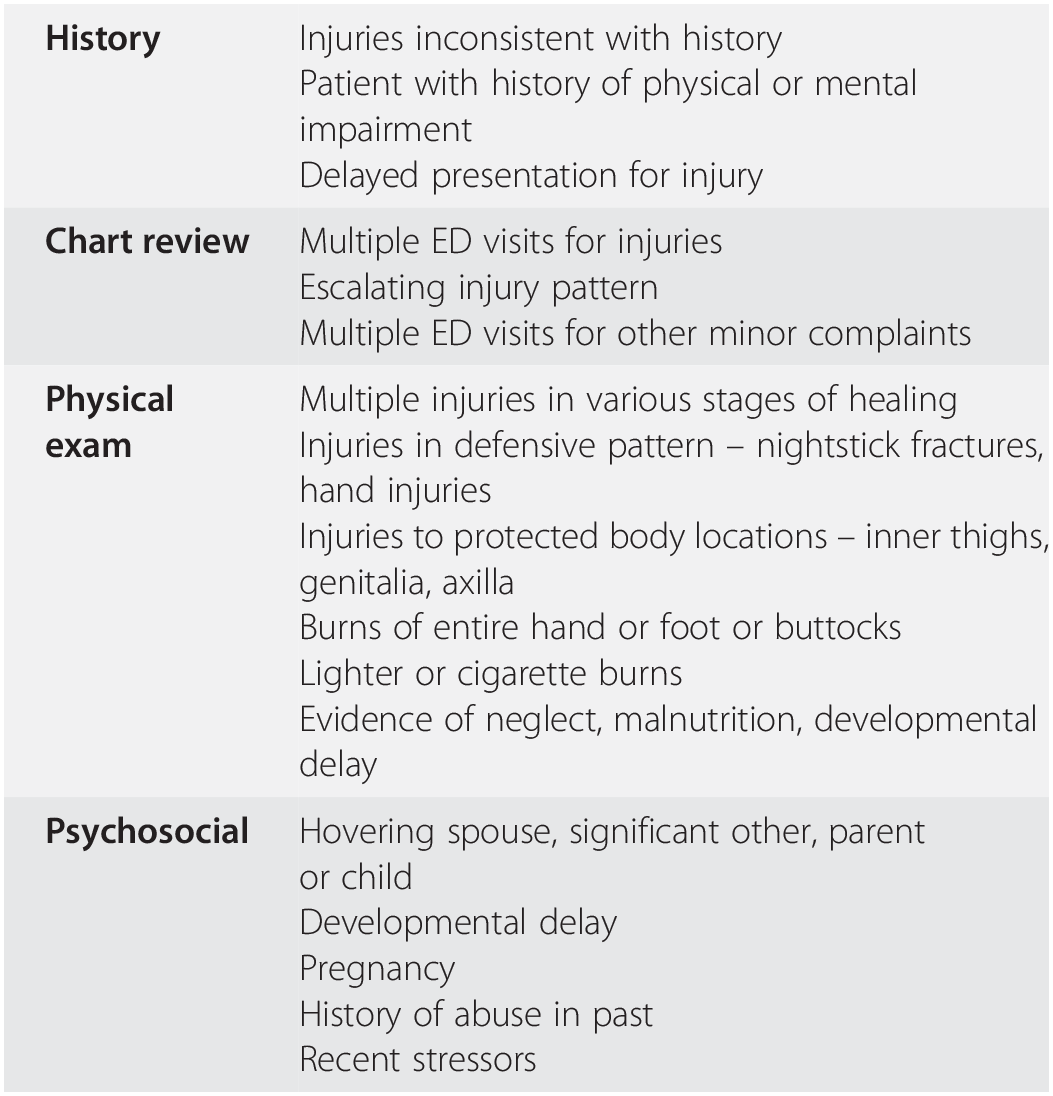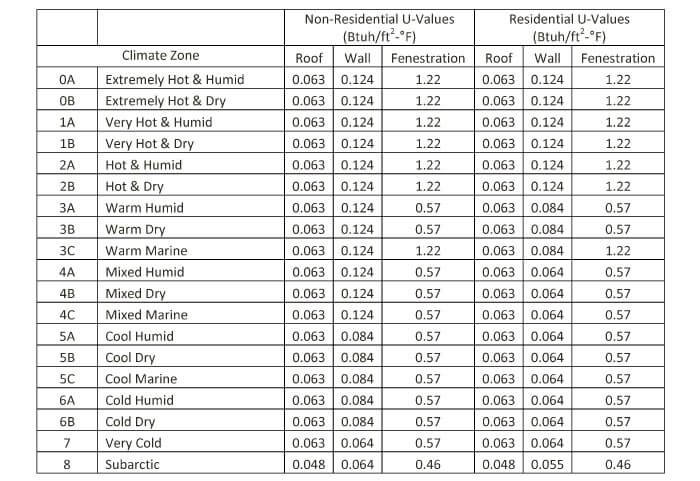Il Exam How Far Off Floor For Dry Food Storage

When it comes to storing dried foods keeping the goods dry is a challenge for some.
Il exam how far off floor for dry food storage. The humidity in your dry storage should be no higher than between 50 55 humidity in order to keep food quality high for as long as possible. However 70 f is adequate for dry storage of most products. Place a thermometer on the wall in the dry storage area. Food in boxes must be six inches off the floor drains must work properly sanitizer in dishwasher must be correct proper scoops in ice machine mold in ice machine raw food must not be stored.
Store foods off the floor and away from walls to allow for adequate air circulation. 50 to 70 degrees f at a humidity around 50. It s not hard to keep food safe in storage if you know what to do. It becomes a problem especially if you don t have storage space inside your home.
Storage is one place where cross contamination can happen. Check the temperature of the storeroom daily. Food items should be kept in containers that cannot be damaged by water or a possible pest infestation. Food storage dry storage.
Food items must be kept off the floor. Storage for risk reduction store dry foods at least six inches off the floor and at least 18 inches away from outer walls to reduce the chances of condensation brought on by temperature differences between the container and the surface against which it rests as well as to facilitate cleaning and pest control activities. You will need to buy your food already dry and prepared for storage. Store food and nonfood items away from walls and at least six inches 15 centimeters off the floor.
Food and supplies in dry storage areas should be stored 6 off the floor away from walls and kept at a temperature between. Storage of fresh fish. Store foods away from sources of heat and light which decrease shelf life. The ideal temperature for dry storage areas is between 10 c 50 f and 21 c 70 f keeping food items in this range and following other guidelines will ensure that the shelf life of dry food items.
Wrap or cover food before. Grains and beans are the first stored foods on every list.


































